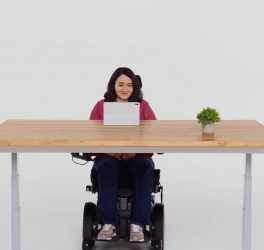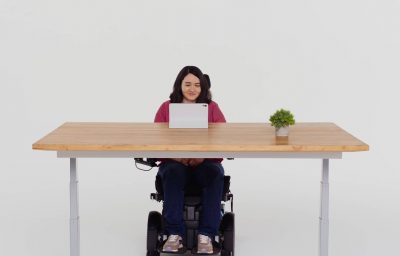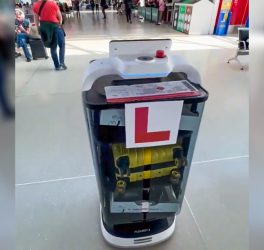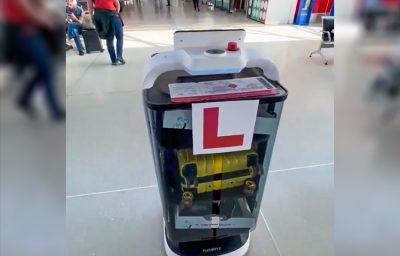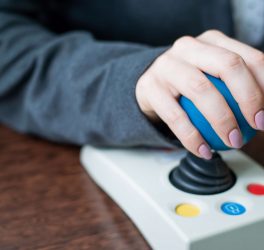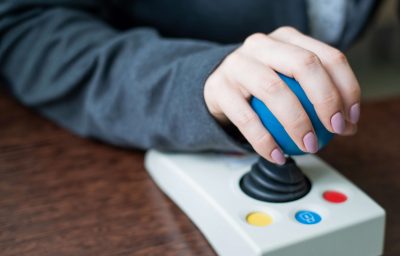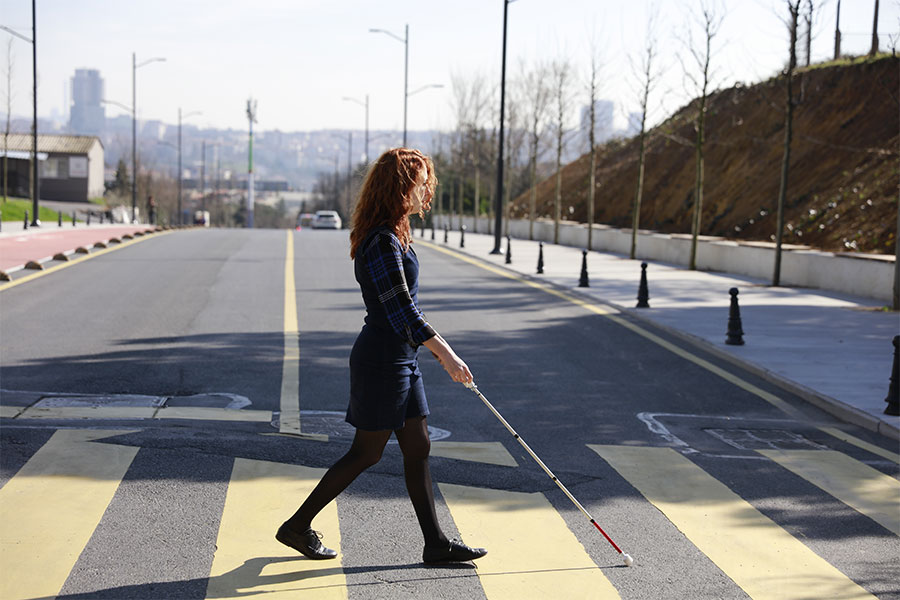
A University of Minnesota researcher is trying to make streets safer for pedestrians who are blind or have low vision.
Chen-Fu Liao, a researcher at the Center for Transportation Studies, is working to create an app that uses a Bluetooth system to help pedestrians who are blind or have low vision navigate city streets. Liao will be putting his work to the test in Stillwater this fall by installing the Bluetooth software at multiple intersections. He will begin the installations in the next several weeks.
Liao previously developed a signal that uses smartphone technology to send location and signal timing information to a pedestrian using a GPS signal, but he has found that GPS technology is not always reliable, which led him to work on the new system.
“We want to be sure the system is providing reliable and accurate information at the intersections to the general public that is accessible to all …. We want to see how this can be useful for people,” he said.
“We thought it was a good project with innovative ideas that we hope will benefit the visually-impaired community,” said Mike Fairbanks, signal operations engineer at MnDOT and the technical lead on the project.

